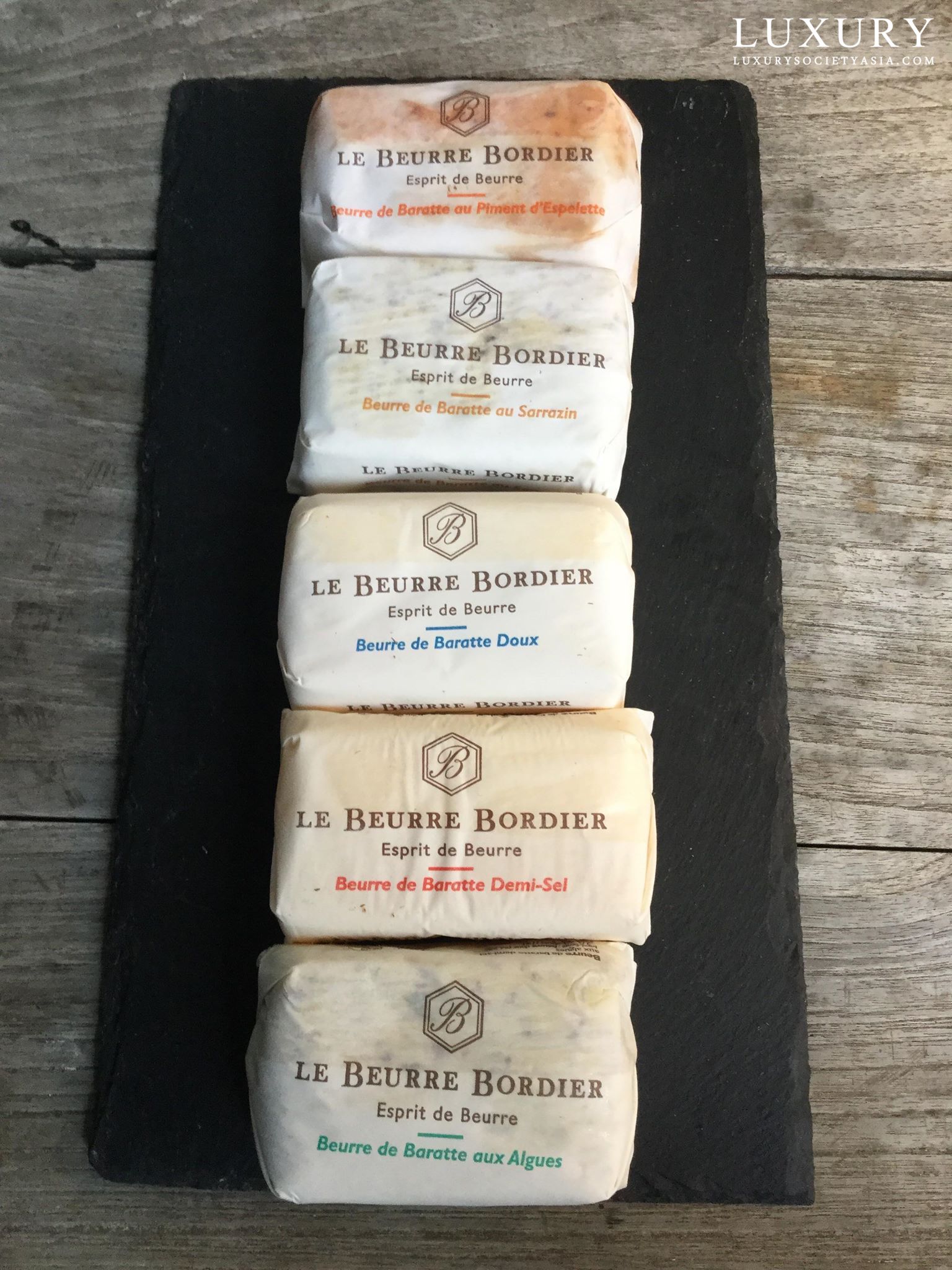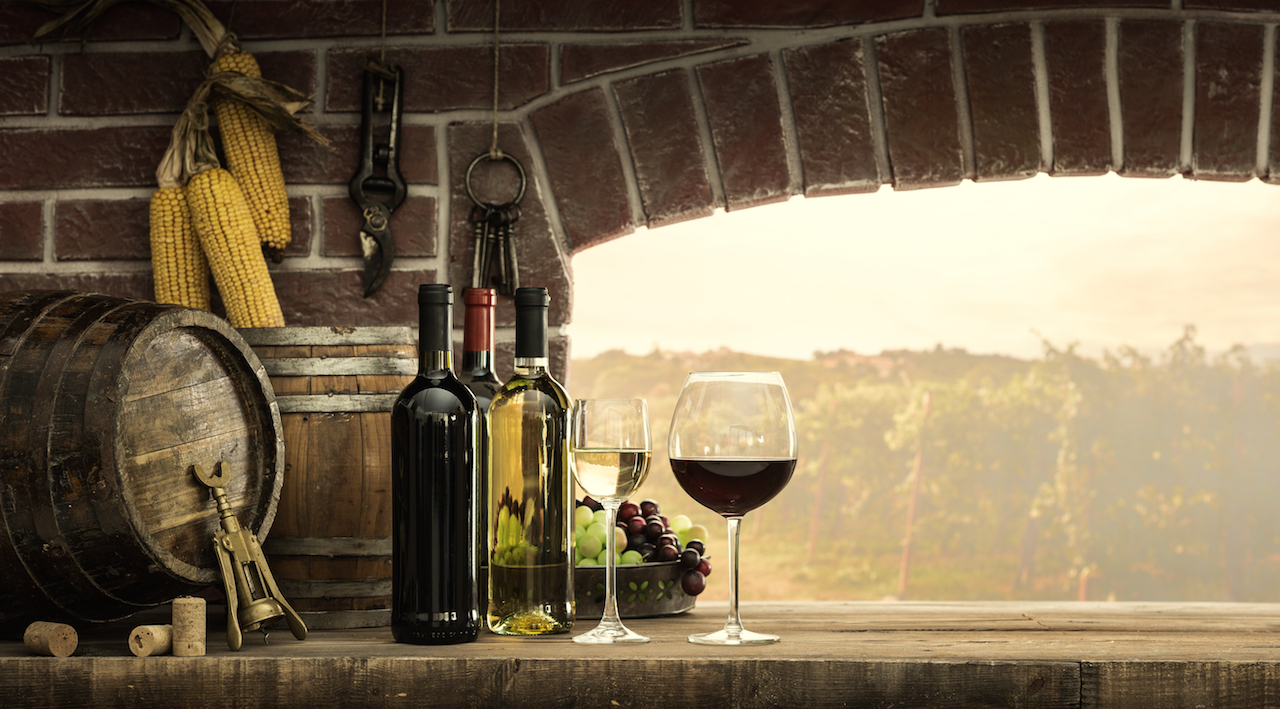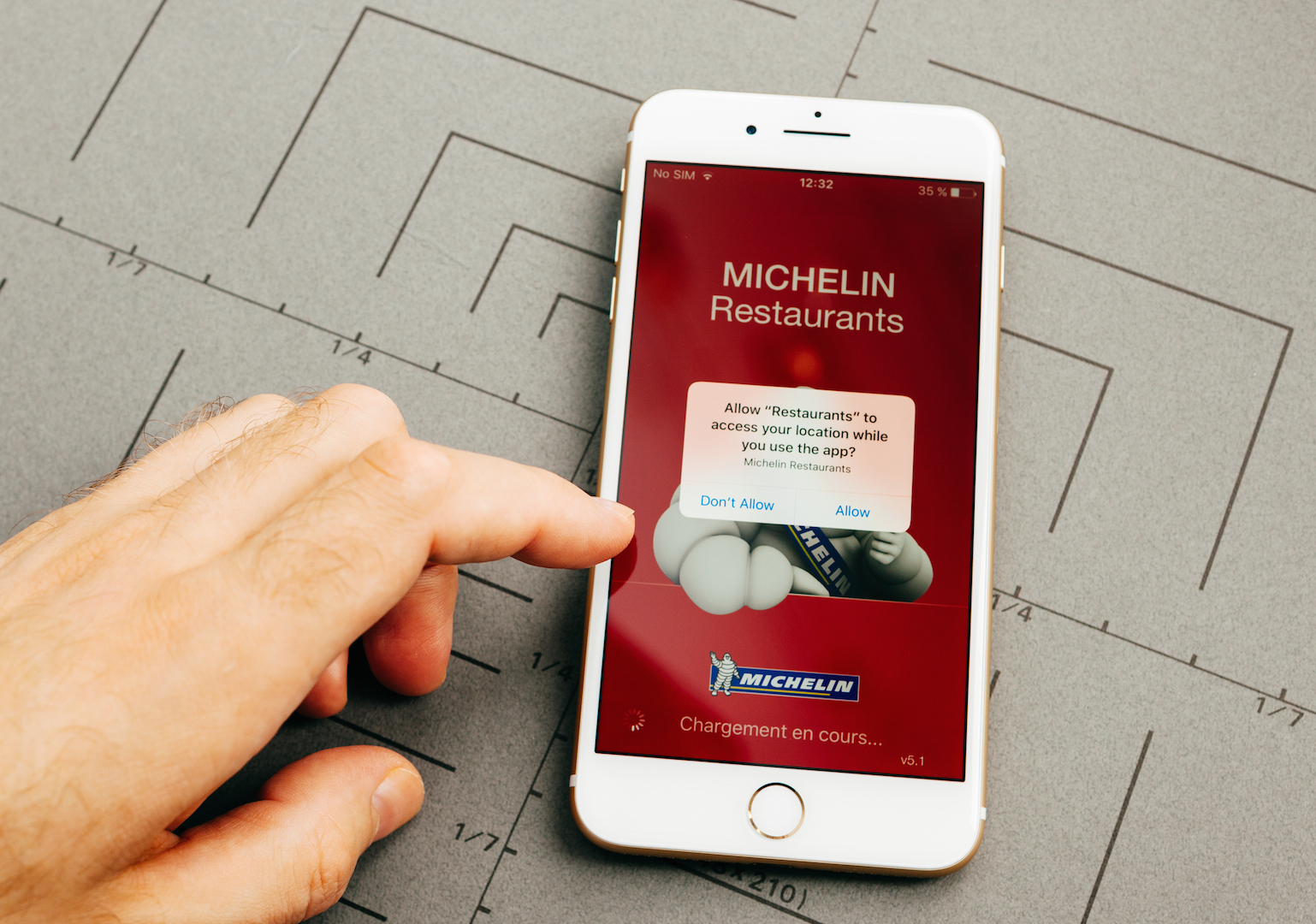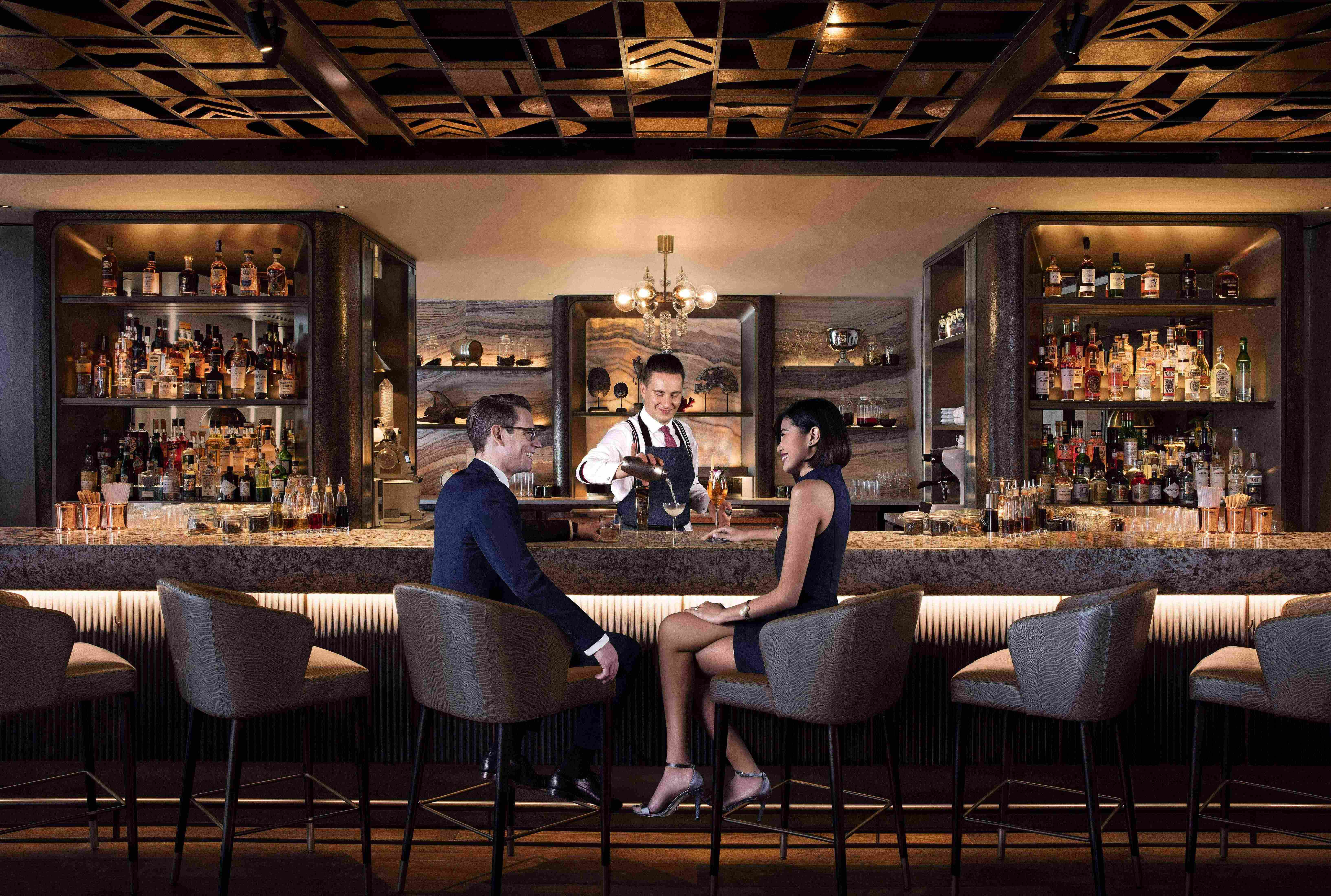Bordier – The World’s Best Butter, Michelin Star Restaurants
Jean-Yves Bordier’s
The road to butter excellence starts with the cows. Their milk is sourced from organic and sustainable agriculture farms located in Brittany and Normandy. What makes Bordier Butters different is its seasonal variation. A spring butter has very floral notes reflecting the flowers growing in the meadow where the cows are grazing. Summer butter is silky and tender with a pronounced

The highest quality milk from the cows is creamed then left to mature for two days to develop its aromatic complexity. It’s then churned to separate the solid (the curds) and the liquid (the whey or buttermilk). Then using the traditional Artisanal technique of the whey being replaced with iced water then churned for the second time. This preserves more of the cream molecules which to makes for a finer quality butter.
Kneading is a technique that dates from the end of the 19th century, it both homogenizing, breaking down the fat molecules so they remain integrated and reworking butters coming from different production sites. This practise had virtually but abandoned in 1975. Jean-Yves in his quest for excellence decided that he needed to revive it when he acquired his first creamery in the rue de l’Orme in St. Malo. By refining his butter making knowledge he gave it back its original sensulity.

This is done using a machine with wooden blades and a large wooden wheel each turning slowly in opposite direction. This open air kneading allows the butter take on its own flavour through oxidation as well as softening its texture. Only the keen experienced eye of the kneader can decide exactly when the process is complete. On average it’s 25 minutes for winter butter and 15 for summer butter.
During the kneading process the butter is salted to taste with fine salt. This creates a reaction in the the fat molecules releasing butter water as if the butter was crying. It also contributes to the deep complexity of aromas and elegant texture.

Having been churned, hand kneaded and salted the butter is then pounded into shape using two specially grooved wooden paddles. The process requires great dexterity and clockwork precision. Their gentle movements respect the butter and it’s texture. It’s then shaped into rectangles or to the shape great chefs request Some will have the seal or name of the restaurant stamped on their butter. This practise is a throw back to 19thcentury when farms making their own butter would use their own stamp to make them instantly recognisable. The second was to set a “welcome” slab of butter at the entrance to the farm for passers by to taste
It was while having dinner with friends one a fishmonger the other a seaweed producer that he created his first flavoured butter seaweed butter to accompany the day’s catch of brill. Since then he has enjoyed creating new butters to magnify
Their butter collection has three natural flavoured butters Sweet , Semi- Salted, and Salted Churned Butter and eight flavoured butters Seaweed, Smoked Salt, Espelette Chilli, Garlic-Herb with Szechwan Pepper, Lemon-Olive Oil, Yuzu, Buckwheat and Sweet Madagascar Vanilla Butter







